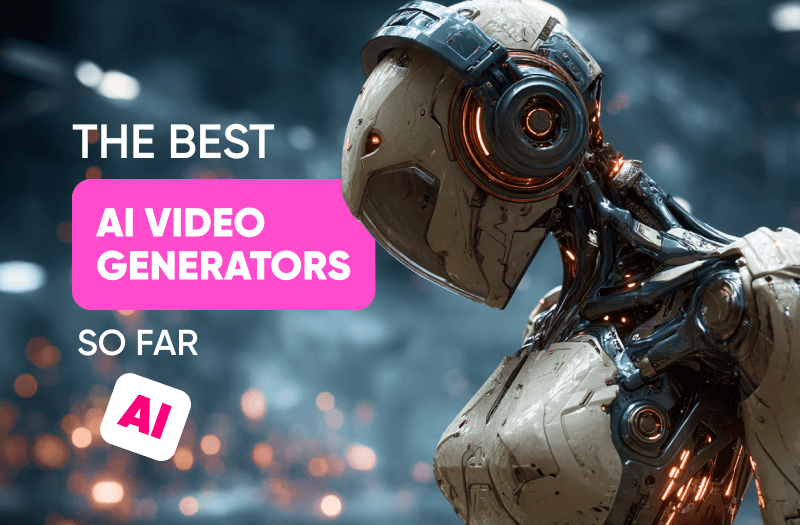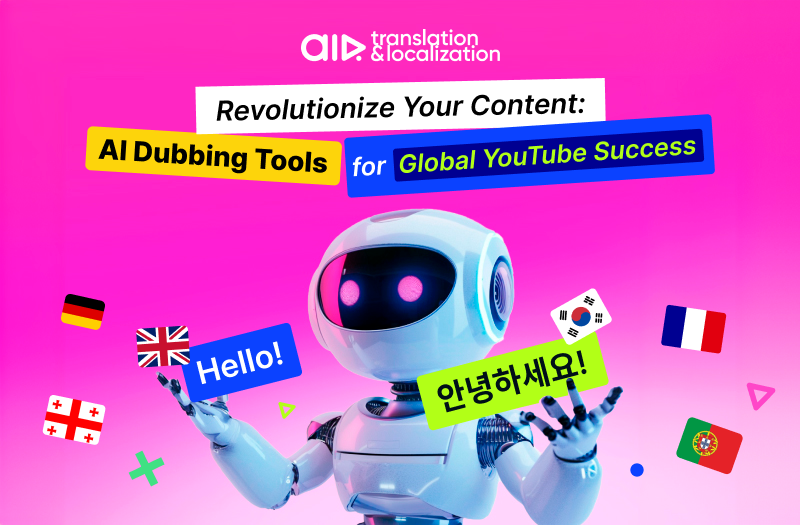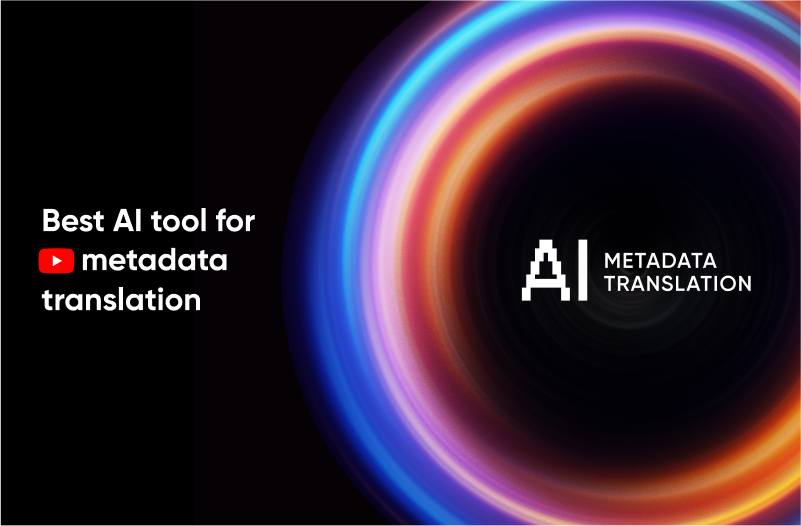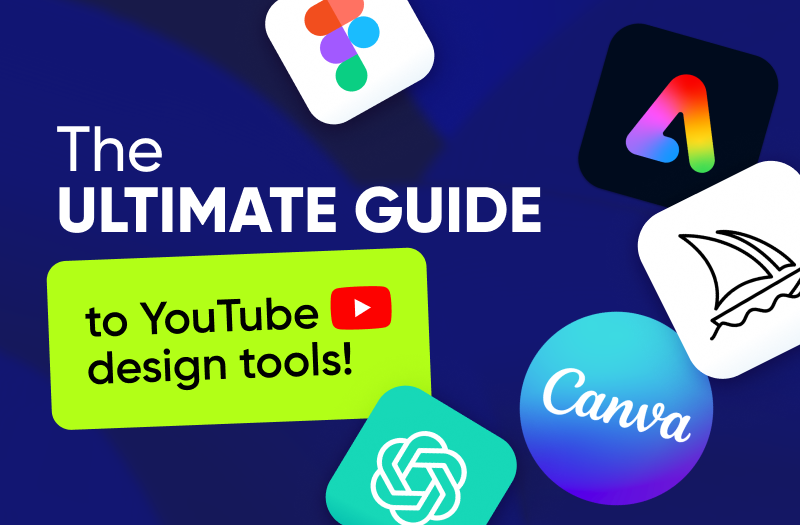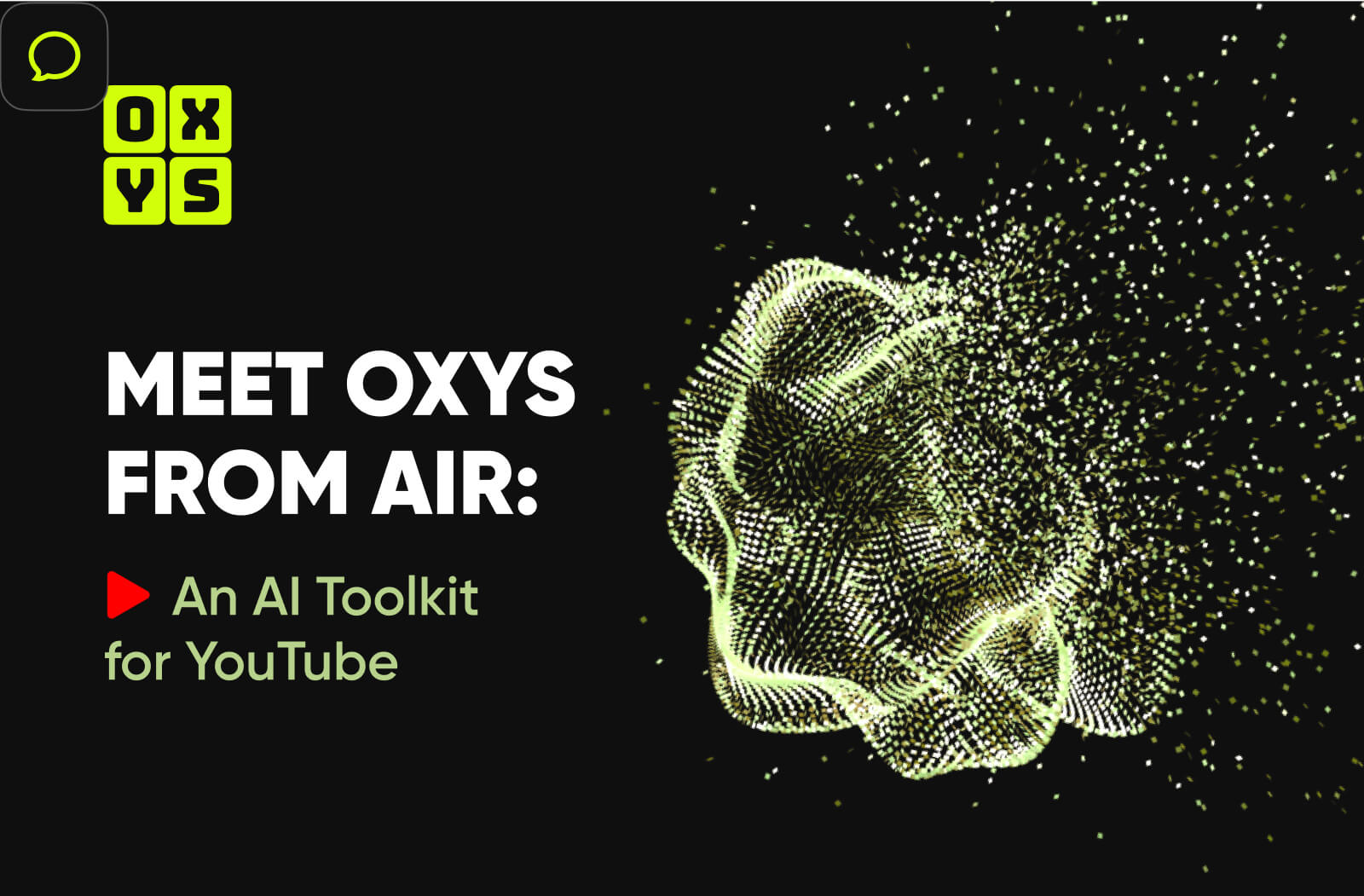
Most AI video tools that promise ‘studio-quality in seconds’ are not entirely truthful, since even the best AI video generators as of now aren’t perfect.
Sure, when you’re juggling deadlines, audience expectations, and creative fatigue, having the right tool can mean the world of difference. So, we have asked and observed creators who do use AI video generators to simplify their workflow and here’s the list of 7 AI video tools to help you!
Kling (By Kuaishou)
From what creators say, Kling seems to be the leader in physical motion accuracy. It nails frame-by-frame coherence like few others can. It is easier to control, easier to navigate, and the hands in Kling videos don’t morph mid-wave. If you’re building concept trailers, cinematic-style content, or faceless storytelling with motion-centric visuals, Kling’s the one you test first.
It is by far the better realistic AI tool. Of course, like all AI tools, it’s not perfect. In fact, it’s very GPU-intensive and not yet open to mass creators. You can gain access through a proxy partner or API waitlist if it’s worth the hustle for you. Moreover, you need to optimize the prompt as much as you are able to avoid weird scenes. Not to mention that many functions in Kling don’t work the way they should as of yet.
Source: MDMZ
Google Veo 2
Google Veo 2 has the highest level of realism in AI video generators from what we have seen. Of course, since it has Google’s massive language-to-video engine behind it. What sets it apart from other generators is the ability to understand complex narrative logic, powerful camera simulation, character movements and sound generation.
It’s brilliant for creators doing animated explainer videos, pitch reels, or visual essays. However, like with all current AI tools, it’s hard to achieve an unchangeable look for the characters in different generations.
Source: demonflyingfox
Hailuo
Hailuo is more experimental and leans towards stylized things over realism. It’s fast, it has a lot of settings to play around with, so if you’re in the wellness, lo-fi, or motivational niches, this might be your sleeper hit. It can work beautifully in silent formats.
However, the downside is that the realism isn’t as pronounced, the movements of the characters might be strange and the quality will only go as high as 720p. Use Hailuo for background visuals in looping livestreams or aesthetic Shorts. Add trending audio and you’ve got a traffic magnet, but don’t rely solely on AI.
Source: HailuoAI (MiniMax)
Making Money on YouTube But Want More?
Let us audit your channel and help you boost those numbers!
Runway Gen-3
In the middle between really good and less good tools is Runway, which remains one of the most versatile platforms. It offers real-time previews, depth-aware motion, and input flexibility from text to images to reference clips. It’s perfect for experimentation since it also has tools like lip sync or inpainting.
However, the realism of this particular tool is among the weakest. Its videos might be a bit low-quality and the camera acts strange.
Source: Jeremy Haccoun
Sora (By OpenAI)
Sora is what happens when a GPT-style brain meets a video generator. It’s very customizable, has TikTok-style editing, but not exactly publicly available as of now. Sora costs $200 per month, which is a painful hit to one’s wallet.
Moreover, it often adds weird details and has strict restrictions as of now.
Source: How to in 5 minutes
Luma AI
Simple and fast, with an API. Luma AI can be easily used to build environments before characters. It excels in photorealistic 3D environments via neutral rendering. If you use it to build immersive YouTube backdrops, virtual sets, you’ll do great.
The drawback of this tool is the weak realism, videos that always ‘slowed’ and many features that don’t make a ton of sense.
Source: Luma AI
Haiper
The fastest among the generators. Haiper shines where emotion matters more than pixel accuracy. It’s a go-to for lyric videos, abstract visuals, or creator trailers. The music-video generation engine is especially strong for syncing cuts to beats.
However, this particular engine has a lot of drawbacks as well. There is no good realism with this tool, the generated scenes look static, and there is little to no customization within the program.
Source: AI lockup
How to Pick the Right Tool
A common mistake almost every creator does is chasing what’s trending. However, the right way to approach would be: start with your format and your workflow bottlenecks.
Are you trying to:
- Replace B-roll? Try Runway or Kling.
- Generate dream-like loops? Try Hailuo or Haiper.
- Build full stories? Test Veo 2 or Sora.
Combine tools and human expertise. Relying solely on AI is how you fall behind. However, using it as a helping tool is how you get ahead. Work smart! .
Want help integrating AI into your workflow without killing your creative voice? Reach out and we’ll show you what’s working across channels like yours, and how to scale it.
